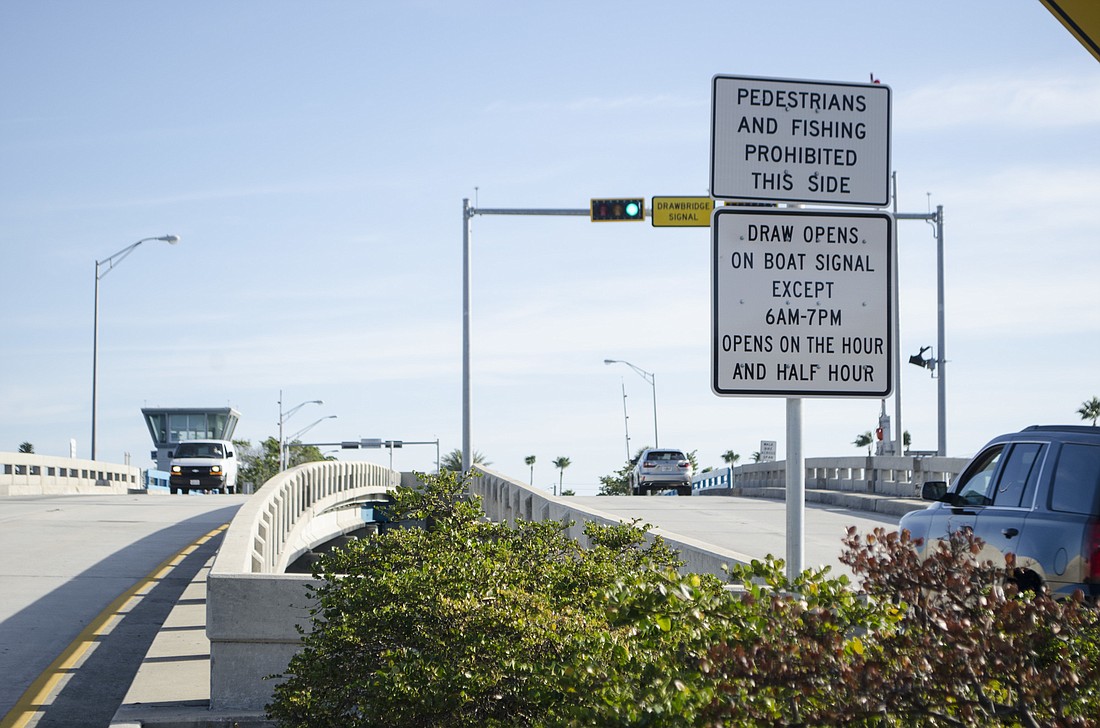- January 9, 2025
-
-
Loading

Loading

For more than two hours, nearly 100 residents argued over a proposal for a 120-unit hotel on South Siesta Key, likely foreshadowing the approval process ahead.
The proposal is one of three that requests changes to density and transient accommodations on the Key, which many residents fear will change the nature of the island and exacerbate traffic on one of the Key’s main entry points.
The seven-story hotel is proposed on just more than an acre owned by Gary Kompothecras on Old Stickney Point Road. A five-story parking garage would be built across the street.
On other portions of the island, hotel owners are seeking similar changes.
Land owner Robert Anderson is requesting the elimination of a density cap for a 170-room hotel on four parcels between Calle Miramar and Beach Road. Just north of Anderson’s lot, Siesta Key Beach Resort and Suites Owner Mike Holderness wants to expand from 55 to 170 rooms.
During a Dec. 2 virtual neighborhood workshop for the Kompothecras property, so many residents signed up to speak that many were turned away. None of the comments was positive.
The first to speak, resident Lourdes Ramirez, pointed out that under current zoning, around 30 rooms would be allowed on the property.
Currently, the county allows up to 13 units per acre with a kitchen or 26 an acre without a kitchen on the property.
“You’re getting about 30 units under the current zoning code, which is adequate for a nice hotel that I would consider a boutique hotel,” Ramirez said. “But you’re asking for quadruple what’s currently allowed.”
Attorney Charles Bailey, one of the two presenters, said the proposal calls for a boutique hotel similar to those done by large hotel corporations, such as the Marriott’s Autograph Collection, which comprises 180 independent hotels ranging from about 10 to 100 units.
Another presenter, Bo Medred with Genesis Planning & Development, said it would be impossible for Kompothecras to have a viable hotel if he complied with existing unit restrictions.
“I think that’s why you haven’t seen a new hotel built on Siesta Key in 40 years or so,” Medred said.
The development team repeatedly said the request to change the county’s zoning regulations, which also would impact other areas of Siesta Key for future projects, wasn’t of great importance.
The proposal also calls for an amendment to the county’s Future Land Use Policy that would double the density allowed for hotels in the “South Bridge Area” of Siesta Key, or the area south of the drawbridge on Stickney Point Road.
Currently, the county allows each commercially zoned hotel room without a kitchen to count as one-half a dwelling unit. The amendment would change it to one-fourth a dwelling unit.
Bailey said it is unusual for residential density to be applied to hotel rooms, particularly in the area. The city of Sarasota does not factor residential density to hotel rooms.
However, Ramirez argued approval of the project would mean trouble in the future.
“You can’t really expect other parcels to say: ‘OK, we’ll let that happen to your parcel. We’re not going to worry about other commercial areas,’” Ramirez said. “It’s just going to open up the floodgates on mega hotels, and our infrastructure just can’t handle it.”
Residents also expressed concerns about the increase in traffic a large hotel could mean along Stickney Point Road, which already is a chokepoint on the Key. Current plans for the garage place the entrance off Stickney Point Road.
Resident Margaret Jean Cannon said that on average, at least two people will stay per room, which would mean around 240 guests at capacity. She said adding that number of guests would add stress to the intersection of Midnight Pass Road and Old Stickney Point Road.
“This idea of adding additional intensity to Siesta Key is not appropriate, especially in the south area where we only have two entrances and exits,” Cannon said. “We’re going to be inundated, and I think you’re going to kill that corner with traffic and pedestrians.”
Some criticized planning and design engineering consultants Kimley-Horn, which previously conducted a traffic study for the contentious Siesta Promenade project, stating the company botched both studies and that now residents will have to pay for traffic issues indefinitely.
Residents will again have the chance to speak at a second virtual workshop scheduled for 6 p.m. Dec. 15.